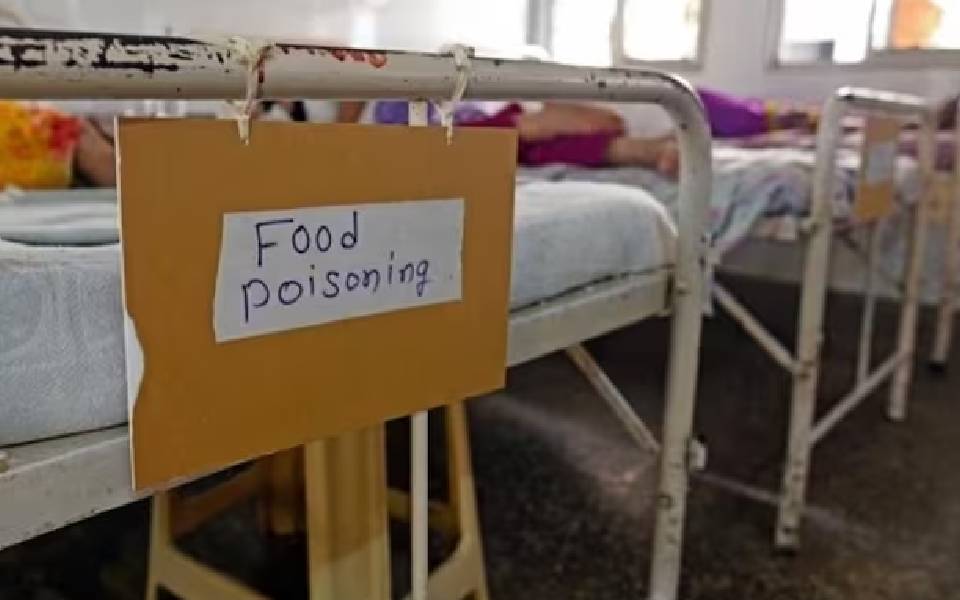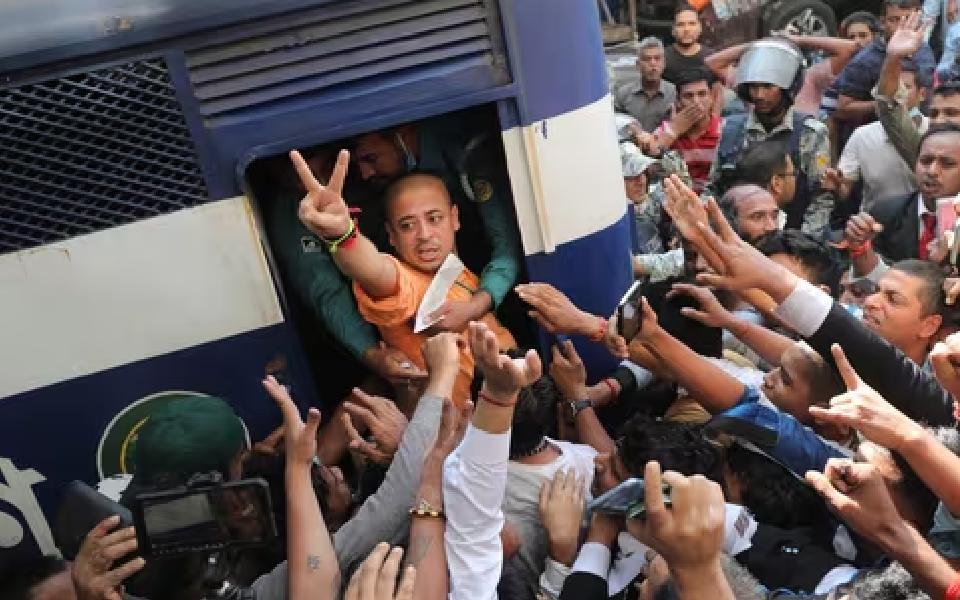Ahmedabad(PTI): The body of a missing Indian Coast Guard pilot has been recovered over a month after a helicopter belonging to the maritime security agency crashed into the Arabian Sea off Gujarat coast, officials said on Friday.
Three crew members went missing after the ALH MK-III helicopter fell into the Arabian Sea off Porbandar on September 2. While the bodies of two crew members were recovered subsequently, a search continued to trace Rakesh Kumar Rana, the pilot in command of the mission.
Rana’s body was recovered from the sea, nearly 55 km southwest of Porbandar, on October 10, the Coast Guard said in a release.
“ICG (Coast Guard) along with the Indian Navy and other stakeholders continued unrelenting search efforts to locate Commandant Rakesh Kumar Rana, who was the Pilot in Command of the mission.
“His mortal remains will be cremated as per service traditions and honour. A warm salute to the three brave souls from Rank and File of the Indian Coast Guard who laid down their lives in the line of duty,” it said.
The Advanced Light Helicopter (ALH) of the Coast Guard with four crew members met with the accident while trying to evacuate an injured man on board motor tanker Hari Leela, nearly 30 nautical miles from the Porbandar coast.
While one of the four crew members on the helicopter, diver Gautam Kumar, was rescued immediately, three went missing. A day later, the bodies of pilot Vipin Babu and diver Karan Singh were recovered. But Rana remained missing, prompting a massive search operation.
As part of the search by the Coast Guard and Indian Navy, more than 70 air sorties and 82 ship days involving several vessels were pressed into service, added the release.
Let the Truth be known. If you read VB and like VB, please be a VB Supporter and Help us deliver the Truth to one and all.
Hyderabad, Nov 26: At least 22 students from a government school in Telangana's Narayanpet district were hospitalised on Tuesday after complaining of headaches and stomach aches. Officials are investigating whether the illness was linked to the lunch served at the school.
The affected students had also eaten snacks from nearby bakeries and shops, and samples have been collected for laboratory testing, according to the District Educational Officer (DEO), based on preliminary information.
Over 400 students, along with district authorities, the school headmaster, and teachers, had the mid-day meal at Zilla Parishad High School in Maganoor on Tuesday. However, 22 students began experiencing symptoms of headaches, stomach pain, and vomiting at 3.30 pm.
They were admitted to a hospital, where doctors confirmed they were safe after treatment, the official said. One student who vomited claimed the potatoes and brinjal were inadequately cooked, while another had a stomach ache.
It was alleged that the affected students fell ill after having lunch, though they had also eaten snacks from outside the school. District authorities are investigating the matter from all angles, said a senior official.
This incident follows a similar case on November 20, when 17 students from the same school were hospitalised after consuming a mid-day meal.





